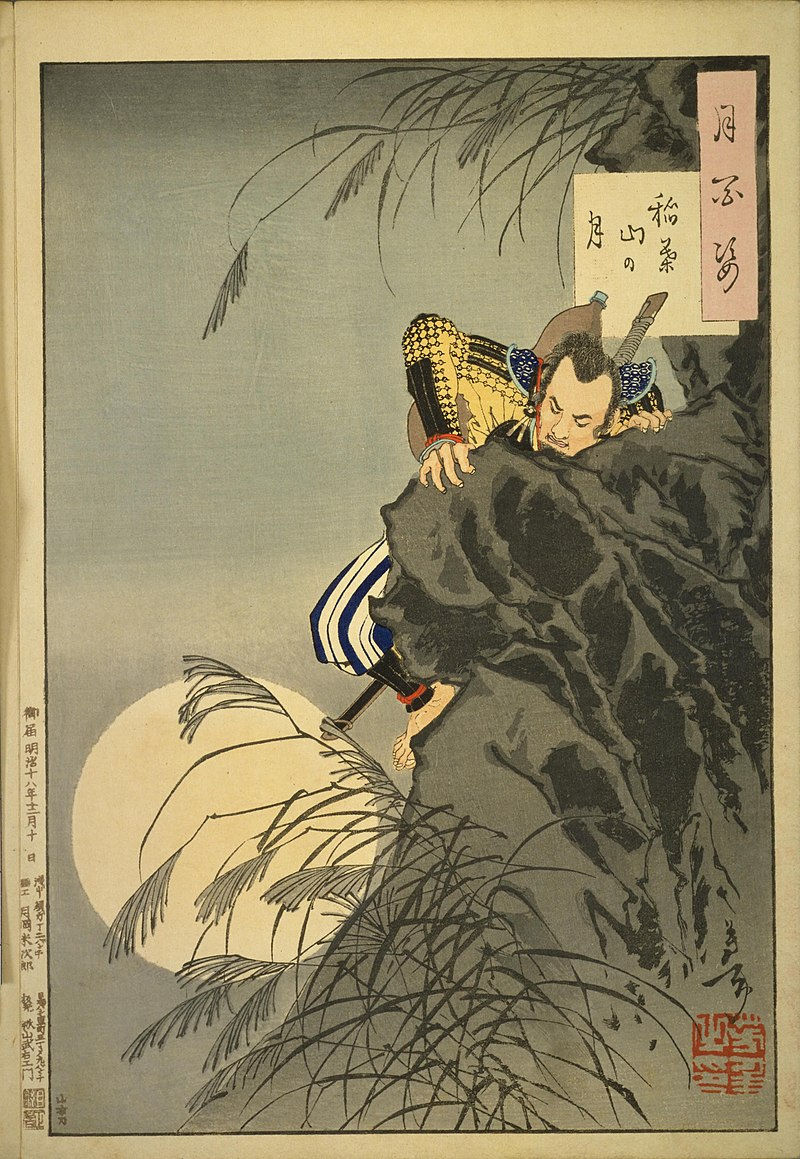Tokugawa Clan
- 2304583d
- Aug 4, 2024
- 2 min read

The Tokugawa clan (徳川氏) were one of the most powerful samurai families in Japanese history. They established and ruled the Tokugawa shogunate from 1603 to 1868. This period, known as the Edo period, marked a time of relative peace, stability, and isolation for Japan. The clan’s leadership and policies profoundly shaped Japanese society, politics, and culture during this era.
Origins and Rise to Power
Early History:
Matsudaira Clan: The Tokugawa clan originally descended from the Matsudaira clan, a samurai family based in Mikawa Province (modern-day Aichi Prefecture). The clan’s early leaders were local warlords with moderate power.
Tokugawa Ieyasu: Born Matsudaira Takechiyo in 1543, he later took the name Tokugawa Ieyasu and became the clan’s most significant figure. Ieyasu aligned with powerful warlords such as Oda Nobunaga and Toyotomi Hideyoshi, gradually increasing his power and influence.
Unification of Japan:
Battle of Sekigahara (1600): Ieyasu’s decisive victory at the Battle of Sekigahara solidified his power over rival warlords and established him as the preeminent military leader in Japan.
Establishment of the Shogunate (1603): In 1603, Ieyasu was appointed shogun by Emperor Go-Yozei, formally establishing the Tokugawa shogunate. He transferred the capital to Edo (modern-day Tokyo), making it the political center of Japan.
Tokugawa Shogunate (1603–1868)
Political Structure:
Centralized Feudalism: The Tokugawa shogunate implemented a system of centralized feudalism, balancing power between the shogunate and regional daimyo (feudal lords). Daimyos were required to maintain residences in Edo and spend alternating years there, a policy known as sankin-kotai, to ensure loyalty.
Rigid Social Hierarchy: Society was divided into strict classes: samurai, farmers, artisans, and merchants. This hierarchy was designed to maintain order and control.
Economic Policies:
Isolationist Policy (Sakoku): To control foreign influence and maintain stability, the Tokugawa shogunate enacted the sakoku policy, which severely restricted foreign trade and contact. Only a limited number of Dutch and Chinese traders were allowed to operate in designated ports, such as Dejima in Nagasaki.
Agricultural Emphasis: The economy was primarily agrarian, with policies aimed at promoting rice production and maintaining a stable agricultural base.
Cultural Developments:
Cultural Flourishing: The Edo period saw significant cultural developments, including the growth of ukiyo-e (woodblock prints), kabuki theater, haiku poetry, and the tea ceremony. Urban culture thrived in cities like Edo, Kyoto, and Osaka.
Neo-Confucianism: Neo-Confucianism became the dominant philosophical and ethical system, influencing education, governance, and social values.
Legacy
Political and Social Impact:
Long-lasting Stability: The Tokugawa shogunate’s policies ensured over two and a half centuries of relative peace and stability, a remarkable achievement in a period of global conflict and upheaval.
Modernization Foundation: The administrative and social structures established during the Tokugawa period laid the groundwork for Japan’s modernization in the Meiji era.
Cultural Heritage:
Enduring Traditions: Many cultural practices, arts, and social norms from the Edo period continue to influence Japanese society today. The emphasis on education, arts, and social order from the Tokugawa era remains an integral part of Japan’s cultural identity.
The Tokugawa clan’s leadership and the policies of the Tokugawa shogunate played a pivotal role in shaping Japan’s history, providing a period of peace and cultural flourishing that significantly impacted the nation's development.




Comments